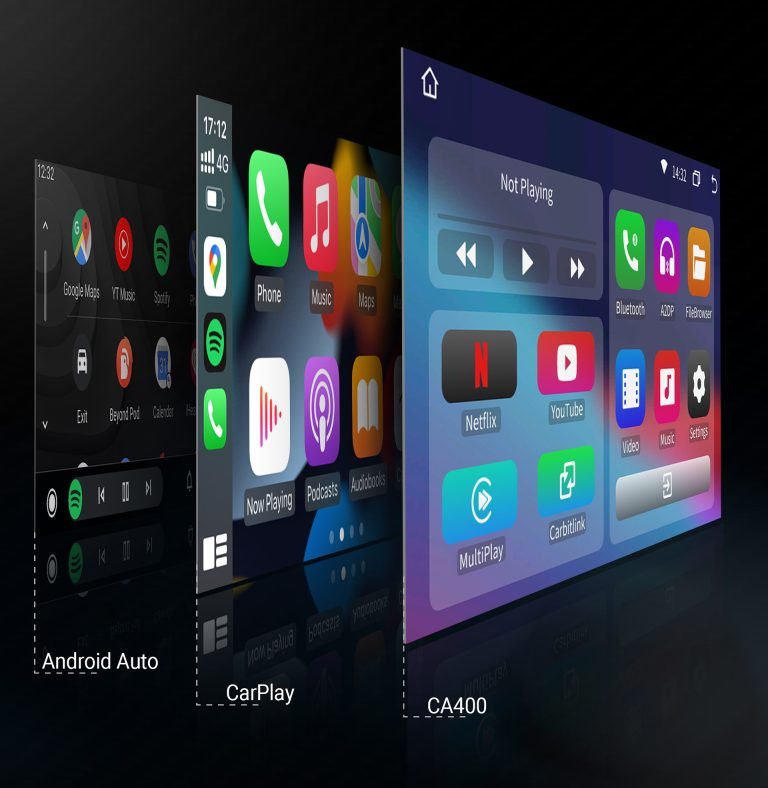The Car Camera Interface is a device designed to integrate aftermarket cameras, such as backup cameras or dash cams, with your car’s existing infotainment system. This allows you to view the camera’s feed directly on your car’s display, enhancing safety and convenience.
Origin:
Car Camera Interface devices are manufactured by various companies worldwide, with many originating from tech hubs like China, the United States, and Europe. These devices are designed to be compatible with a wide range of car models and camera systems.
Appearance:
Car Camera Interface devices typically consist of:
- Main Unit: A compact box that houses the processing unit and connects to your car’s infotainment system and camera.
- Cables: High-quality cables for connecting the main unit to your car’s display, power source, and camera.
- Mounting Hardware: Brackets or adhesive pads for securely mounting the device in your car.
Purpose:
The primary purpose of a Car Camera Interface is to provide a seamless integration between your car’s infotainment system and an aftermarket camera, allowing you to view the camera’s feed on your car’s display.
Functionality:
Car Camera Interface devices offer the following functionalities:
- Camera Display: View the live feed from your backup camera or dash cam on your car’s display.
- Automatic Activation: Some interfaces automatically switch to the camera view when you engage reverse gear or when motion is detected.
- Adjustable Settings: Adjust camera settings like brightness, contrast, and guidelines for optimal viewing.
- Multiple Camera Support: Some interfaces support connecting multiple cameras, allowing you to switch between different views.
Usage:
Using a Car Camera Interface is straightforward:
- Connect the Camera: Connect your aftermarket camera to the Car Camera Interface using the provided cables.
- Connect to the Infotainment System: Connect the Car Camera Interface to your car’s infotainment system using the provided cables.
- Power On: Turn on your car’s ignition to power on the Car Camera Interface.
- View Camera Feed: The camera feed should automatically appear on your car’s display. If not, consult the user manual for instructions on how to access the camera view.
Installation:
Installation methods vary depending on the specific Car Camera Interface model and your car’s make and model. However, the general steps involve:
- Gather Tools: You may need basic tools like screwdrivers, trim removal tools, and electrical tape.
- Locate Connections: Identify the appropriate connections in your car’s infotainment system and camera for the Car Camera Interface.
- Connect the Device: Connect the Car Camera Interface’s main unit to your car’s display, power source, and camera using the provided cables.
- Mount the Device: Securely mount the main unit in a convenient location using the provided hardware.
- Test the System: Ensure all connections are secure and test the Car Camera Interface to confirm proper functionality.
Conclusion:
Car Camera Interface devices provide a convenient and safe way to integrate aftermarket cameras with your car’s infotainment system. By displaying the camera’s feed directly on your car’s display, they enhance your visibility and awareness while driving, making parking and maneuvering easier and safer. With a wide range of compatible models and easy installation, Car Camera Interfaces are a valuable addition to any car.





